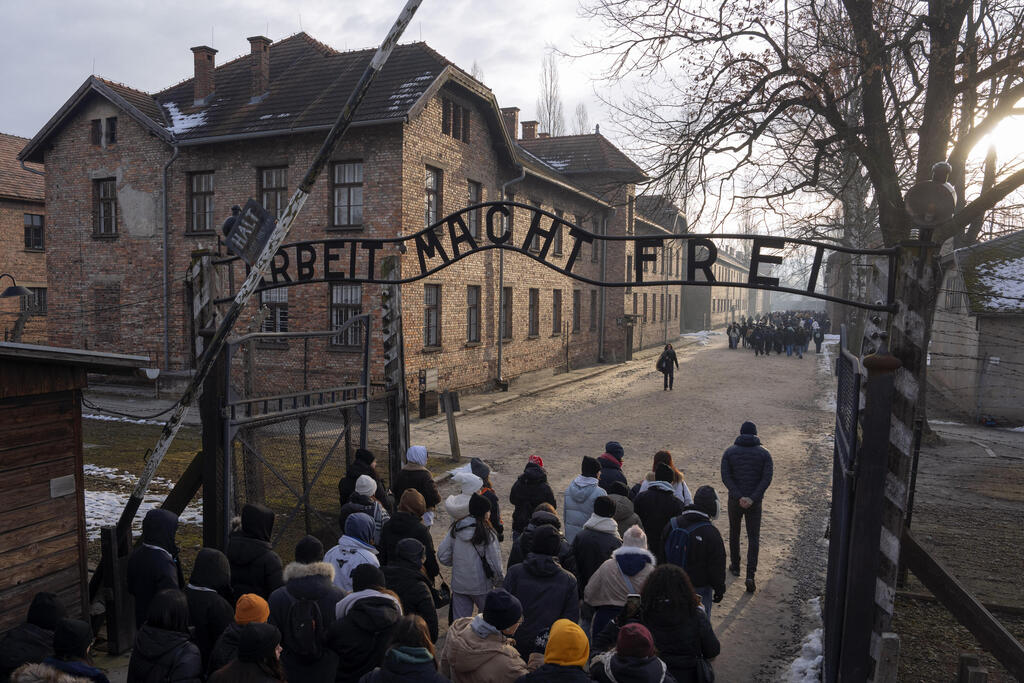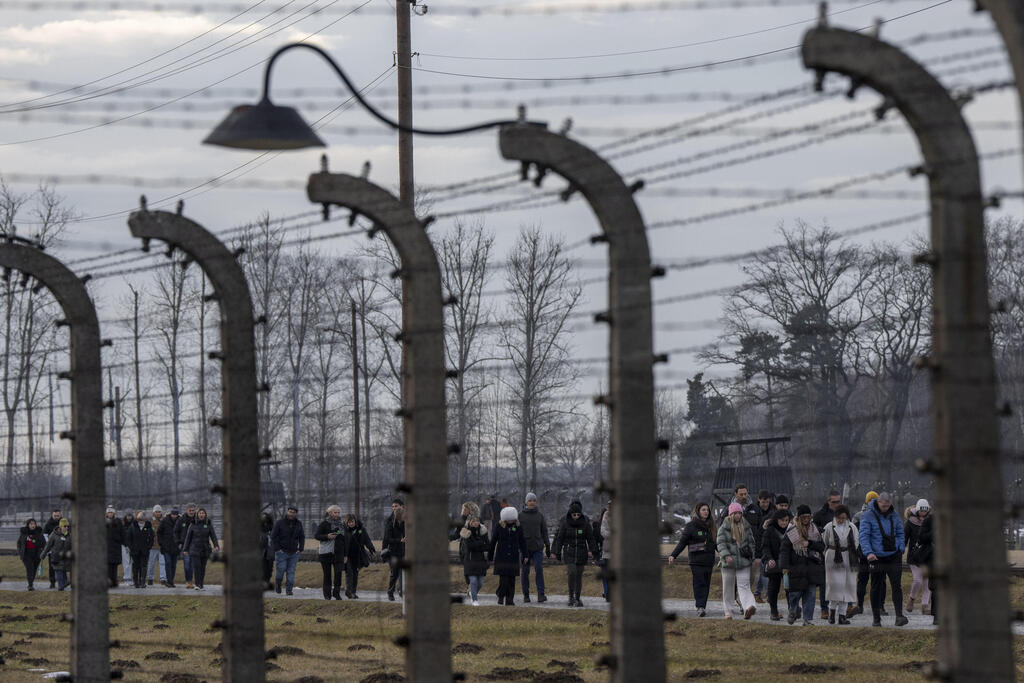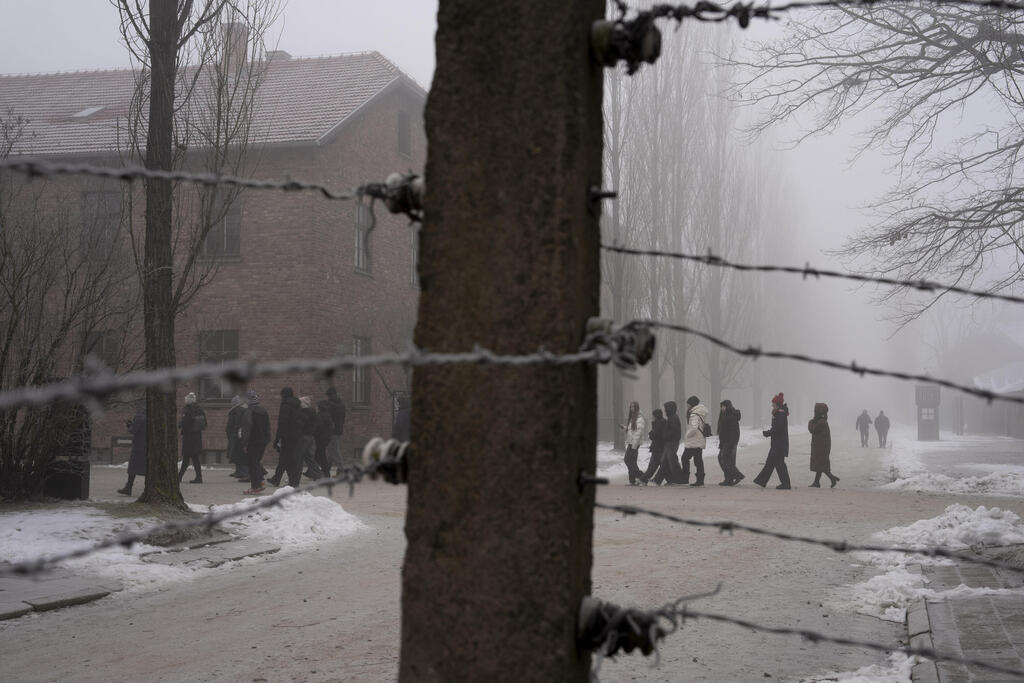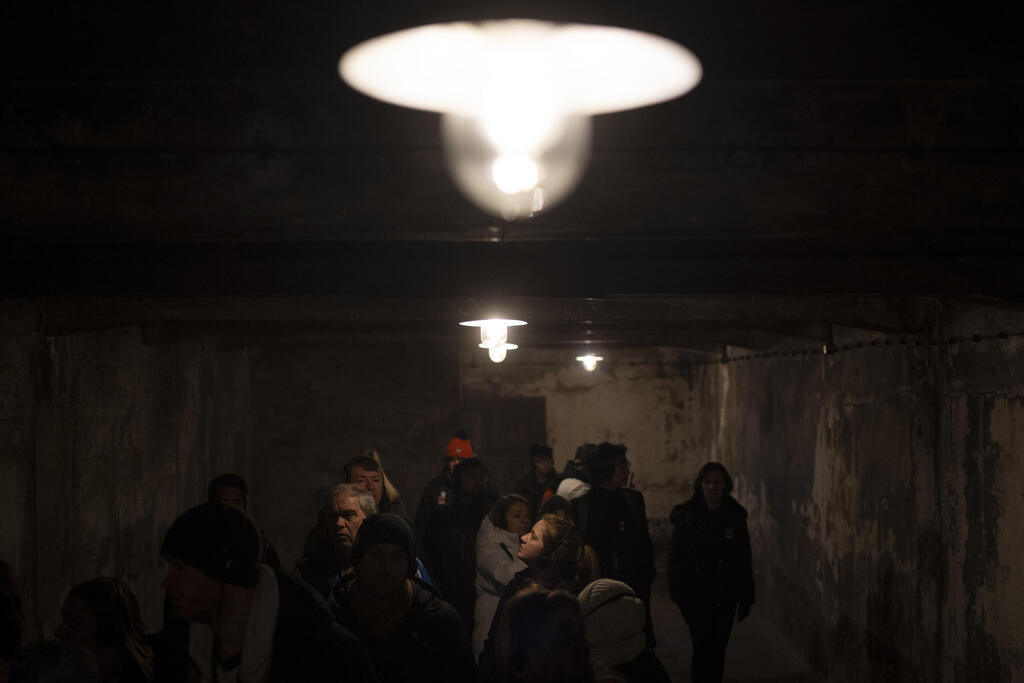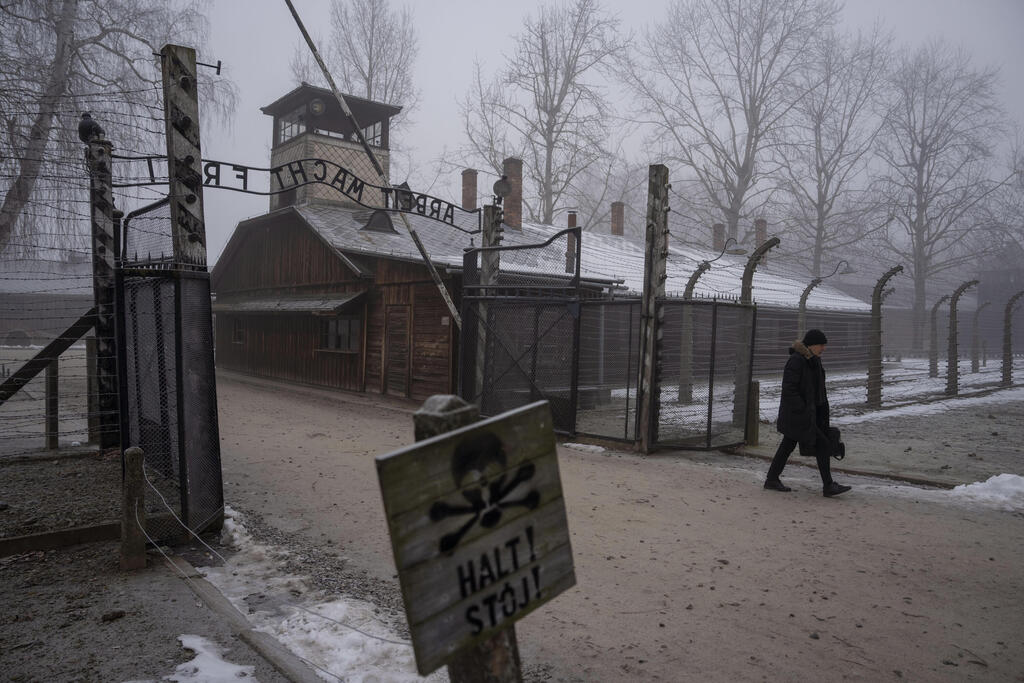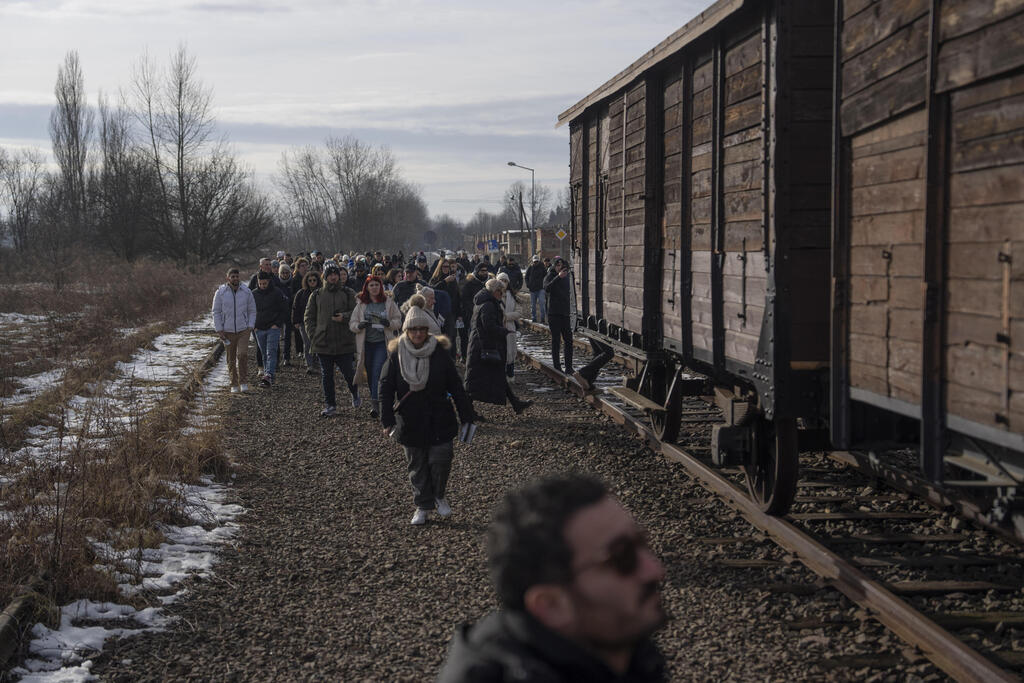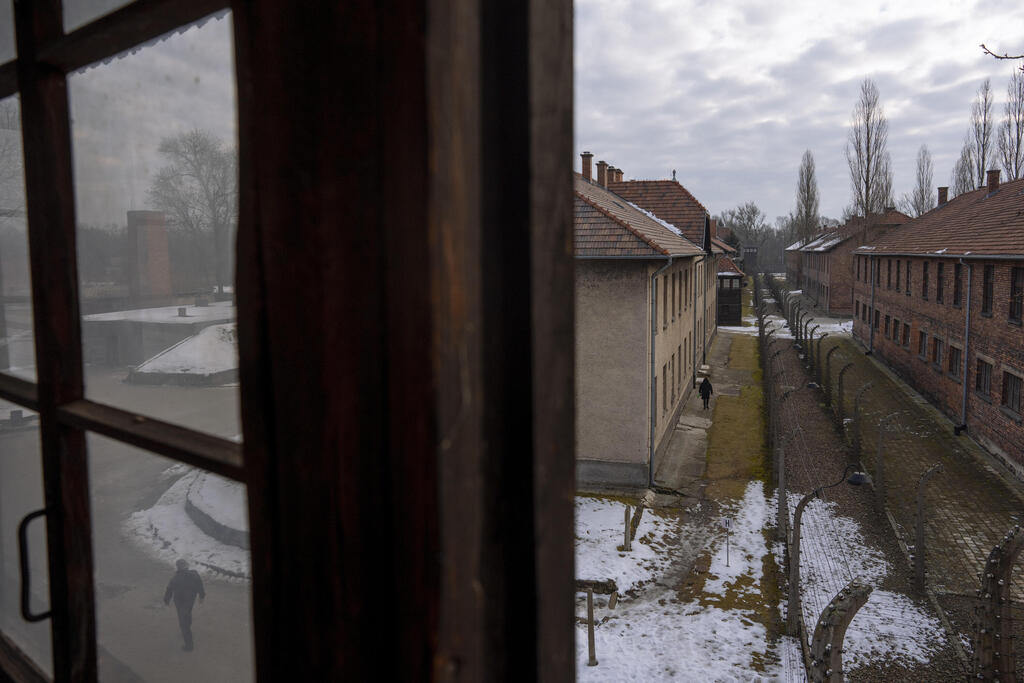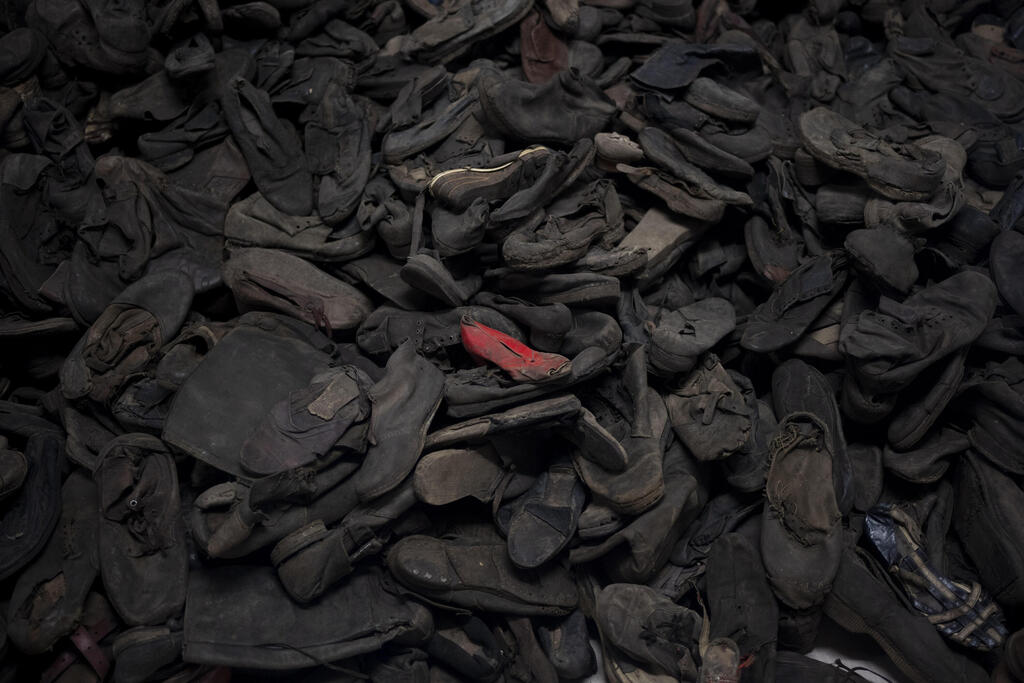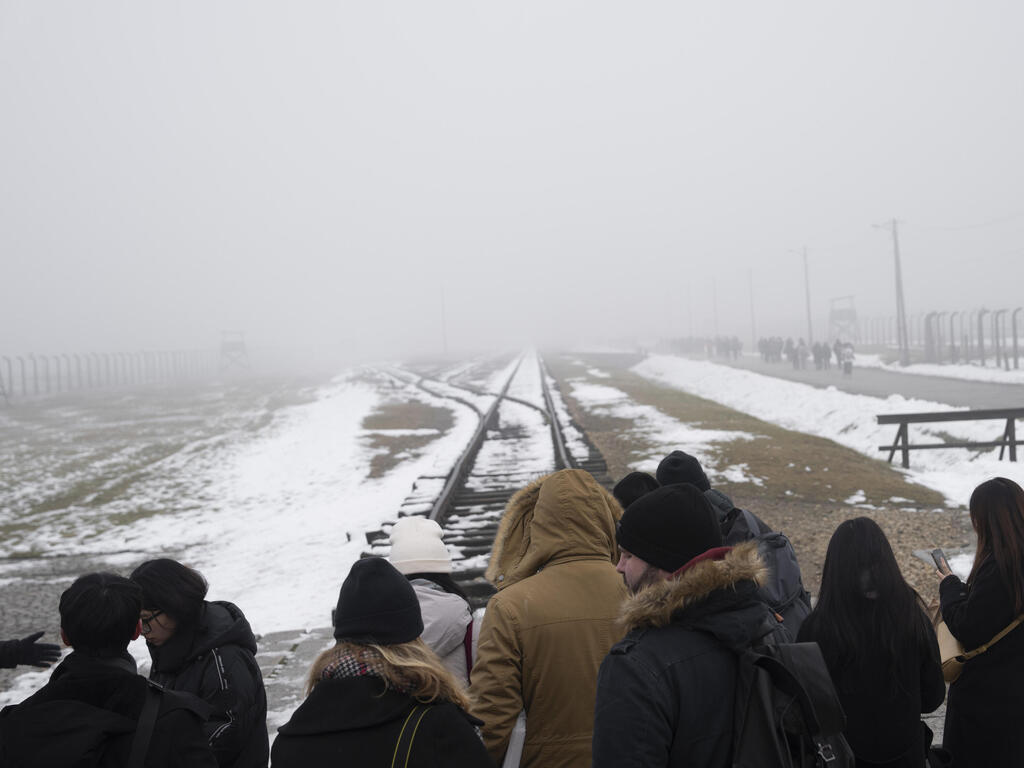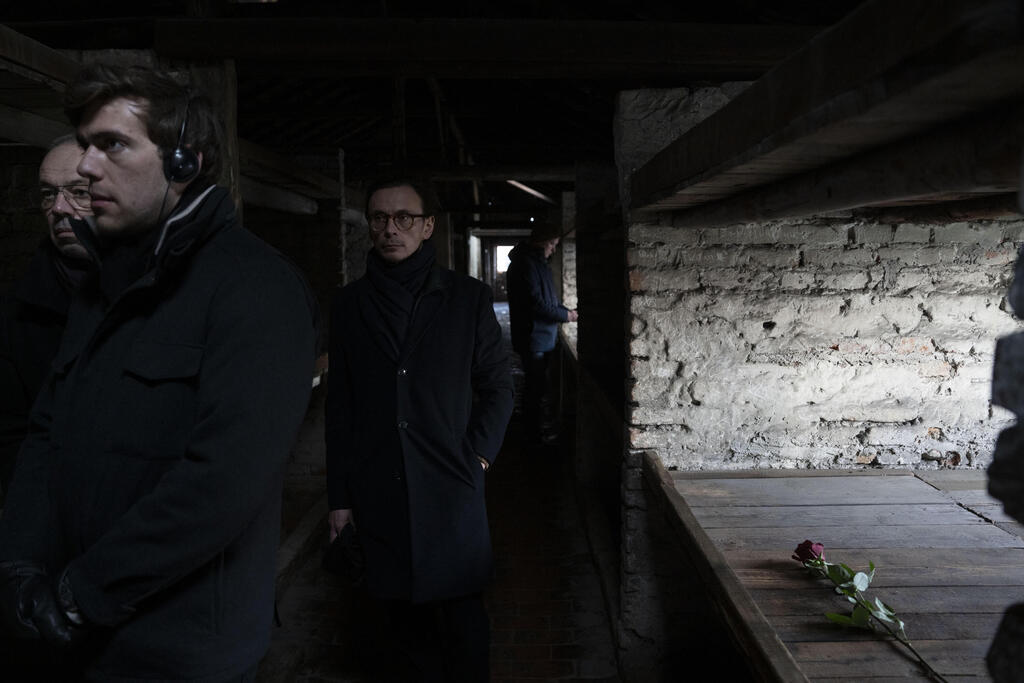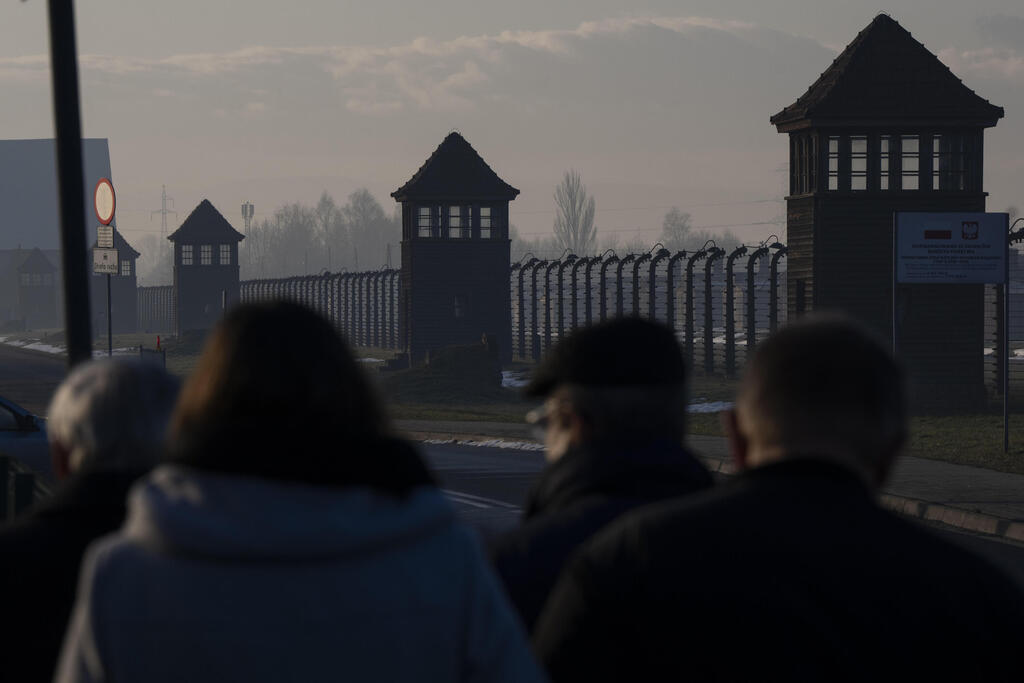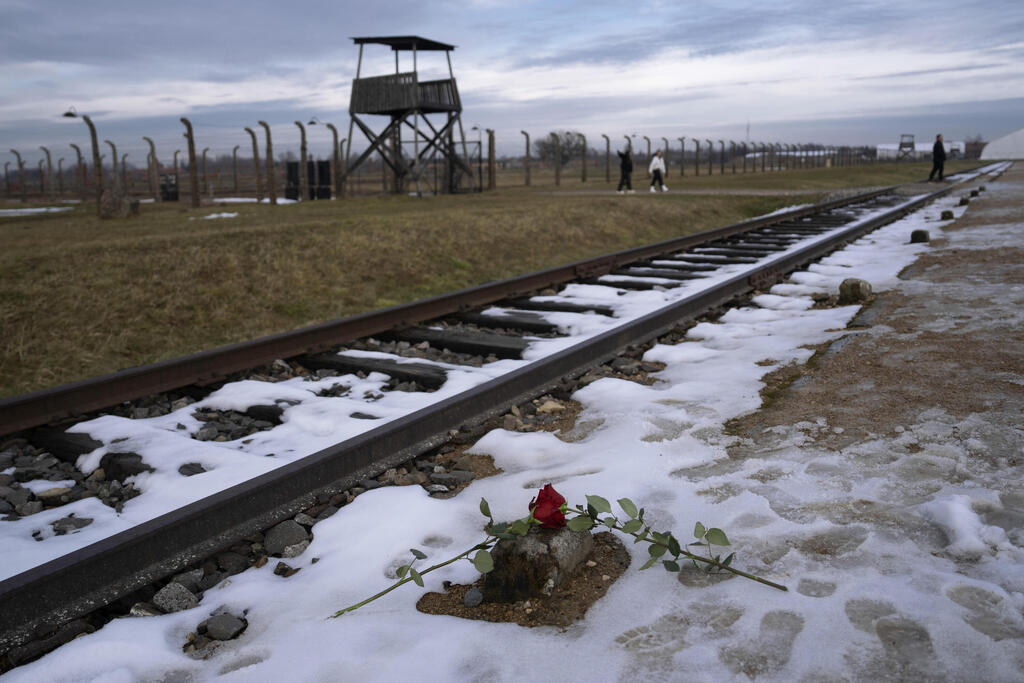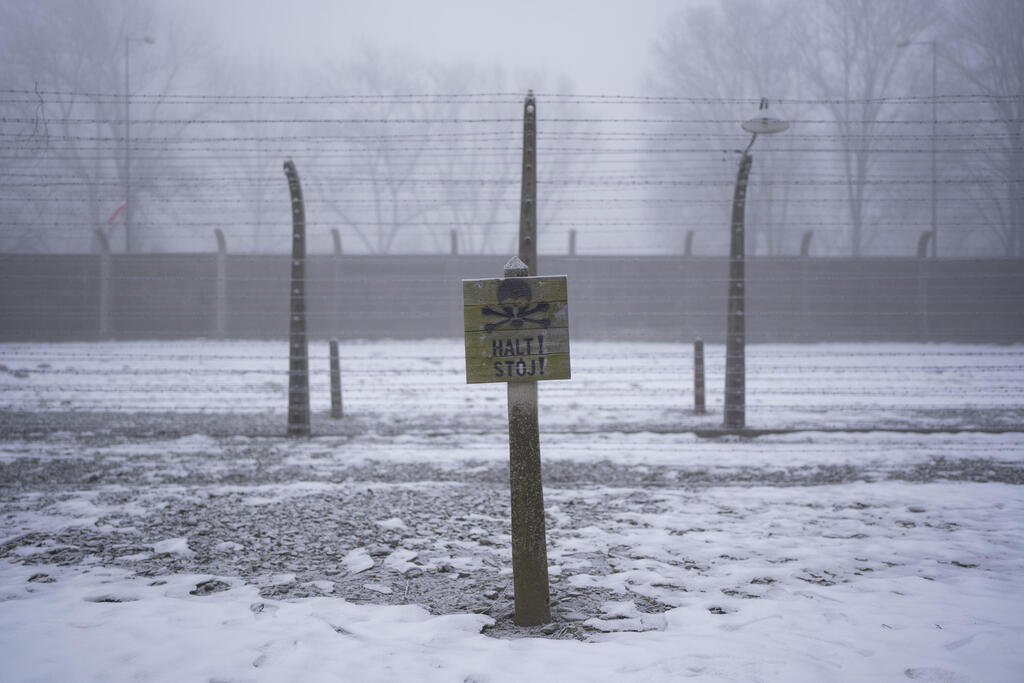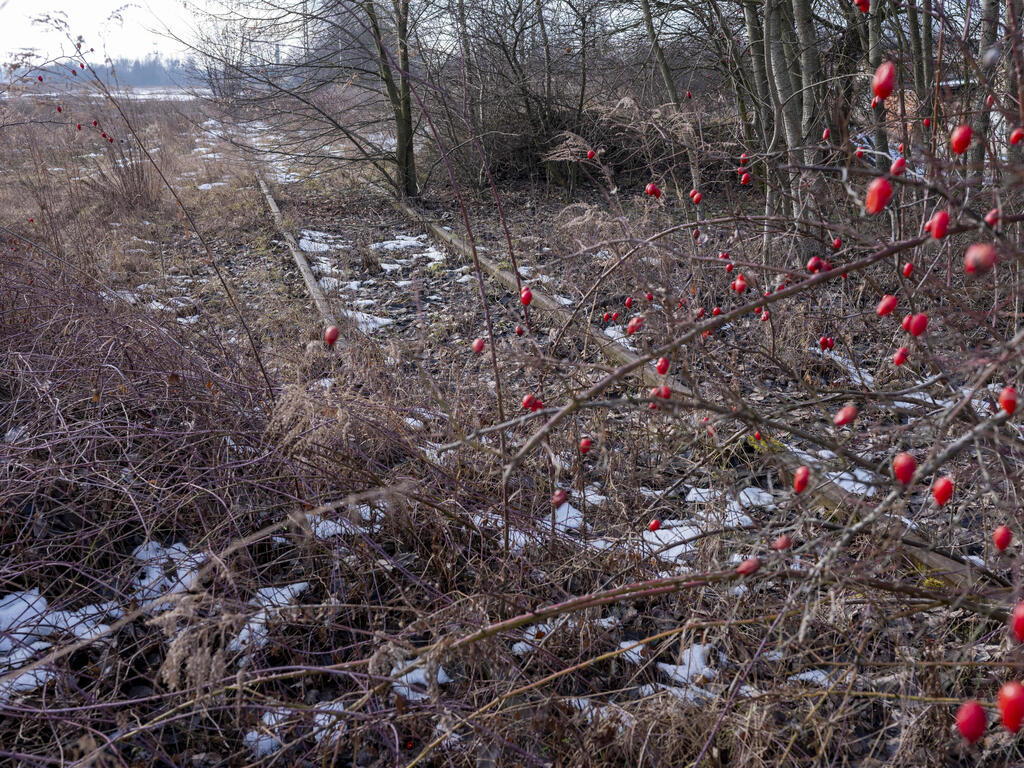Getting your Trinity Audio player ready...
On Monday, the world marks the 80th anniversary of the liberation of the Auschwitz concentration camp. Around 50 survivors of the Nazi atrocities are gathering with leaders from across the globe to commemorate this solemn occasion on International Day in Memory of the Victims of the Holocaust.
The silence now envelops Auschwitz-Birkenau, the infamous Nazi death camp. Often, the only sounds are the footsteps of visitors who come from all over the world to mourn and learn, and the soft voices of guides speaking into microphones, attempting to convey the unimaginable.
Time seems to have stood still in the place where Nazi forces murdered 1.1 million people, most of them Jews. Some of the objects remain exactly as they were when the camp was liberated by Soviet soldiers on January 27, 1945, 80 years ago today.
The camp still contains the barracks where prisoners lived, the wall where Nazis executed inmates, and the gas chambers and crematoria where the bodies of murdered Jews were burned. Surrounding the vast site are barbed-wire fences that, despite the passage of time, look much like they do in wartime photographs. The railway tracks leading from the camp to the surrounding countryside remain a haunting reminder. These tracks, once used to transport victims to this site of mass murder, are now overgrown with trees and vegetation in some areas, a testament to their abandonment long ago.
One shoe, part of a massive pile taken from inmates upon their arrival, still retains a vivid red color, as if someone had walked or danced in it recently. Yet, it lies among countless other shoes, darkened by time and decay.
Get the Ynetnews app on your smartphone: Google Play: https://bit.ly/4eJ37pE | Apple App Store: https://bit.ly/3ZL7iNv
There are also the remnants—the ruins of gas chambers and crematoria the Nazis themselves tried to destroy in an attempt to hide their horrific crimes from future generations.


